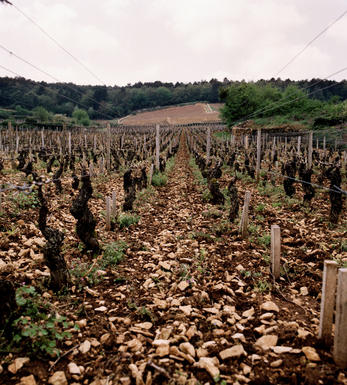
2021 Bourgogne Hautes-Côtes de Nuits Blanc, Domaine A.-F. Gros

About this WINE

Domaine A-F Gros
Anne-Françoise Gros, originally of Vosne-Romanée, is married to François Parent of Pommard, where they live, though their wines have been made in substantial premises in Beaune since 1998. Their joint living as wine-makers is ably assisted by their children Caroline (pictured) and Mathieu.
The domaine consists of Anne-Françoise’s share of Domaine Jean Gros, additional wines in and around Vosne-Romanée which she has bought or leased, and her husband’s share of Domaine Parent. He also offers wines under his own label, adorned with a black truffle. Her labels sport the outline of a female head, each one different according to the interpretation of the style of the appellation by Anne-Françoise and the artist.
There has been a sorting table since 2008, after which the grapes are destemmed but not crushed. The grapes are given a short cool maceration, then fermented with more pumping over than punching down, with the juice being concentrated by a similar machine to that used by Michel and Bernard Gros, if necessary.
Jasper Morris MW, Burgundy Wine Director and author of the award-winning Inside Burgundy comprehensive handbook.

Hautes-Cotes-de Nuits
Bourgogne Hautes-Côtes de Nuits covers land in 19 communes, stretching from around the hill of Vergy in the north to Magny-lès-Villers, which sits astride the dividing line with the Hautes-Côtes de Beaune.
Arcenant is one of the best wine villages in the Hautes-Côtes de Nuits, and is also noted for the quality of its fruit-based liqueurs such as the Crème de Cassis (as well as Framboise, Pêche de Vigne, Guignolet and more) from Jean-Baptiste Joannet. The leading wine estates are Olivier Jouan and Aurélien Verdet.
Le Clos du Prieuré is located on a south-facing slope above the village, with a white marl and limestone bedrock with affinity to parts of Corton-Charlemagnee, according to Thibault Liger-Belair – whose plot is planted at 10,000 vines per hectare rather than the usual higher training and wider spacing of the Hautes-Côtes. The other main producer is Aurélien Verdet, as before.

Chardonnay
Chardonnay is often seen as the king of white wine grapes and one of the most widely planted in the world It is suited to a wide variety of soils, though it excels in soils with a high limestone content as found in Champagne, Chablis, and the Côte D`Or.
Burgundy is Chardonnay's spiritual home and the best White Burgundies are dry, rich, honeyed wines with marvellous poise, elegance and balance. They are unquestionably the finest dry white wines in the world. Chardonnay plays a crucial role in the Champagne blend, providing structure and finesse, and is the sole grape in Blanc de Blancs.
It is quantitatively important in California and Australia, is widely planted in Chile and South Africa, and is the second most widely planted grape in New Zealand. In warm climates Chardonnay has a tendency to develop very high sugar levels during the final stages of ripening and this can occur at the expense of acidity. Late picking is a common problem and can result in blowsy and flabby wines that lack structure and definition.
Recently in the New World, we have seen a move towards more elegant, better- balanced and less oak-driven Chardonnays, and this is to be welcomed.


Buying options
Add to wishlist
Description
This is from 2.2 hectares of young vines planted on limestone-rich soils in the village of Arcenant. It is citrusy and floral with a gentle hint of toasty oak. Charming and forward, it has a chalky, refreshing finish.
Drink 2023 - 2028
Berry Bros. & Rudd
wine at a glance
Delivery and quality guarantee